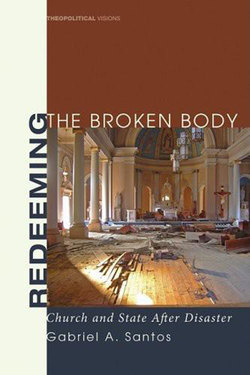Описание книги
This book examines how repertoires of speech and action that are often considered to be mutually exclusive–those of church and state–clash or unite during the postdisaster period as local communities and cities struggle to establish a stable collective identity. Based on an analysis of forty in-depth interviews with disaster-response participants and over 325 print-media sources, this study explores, first, the extent to which ministers and citizens challenge statist narratives in order to publicly relay theological views; second, the cultural processes by which local places are nationalized and theologized; and third, the ecclesiological convictions necessary to peaceably advance the work of Christ's body after disasters.
